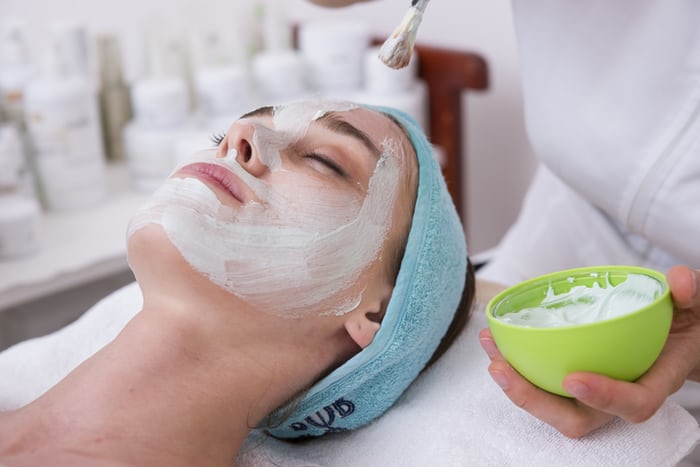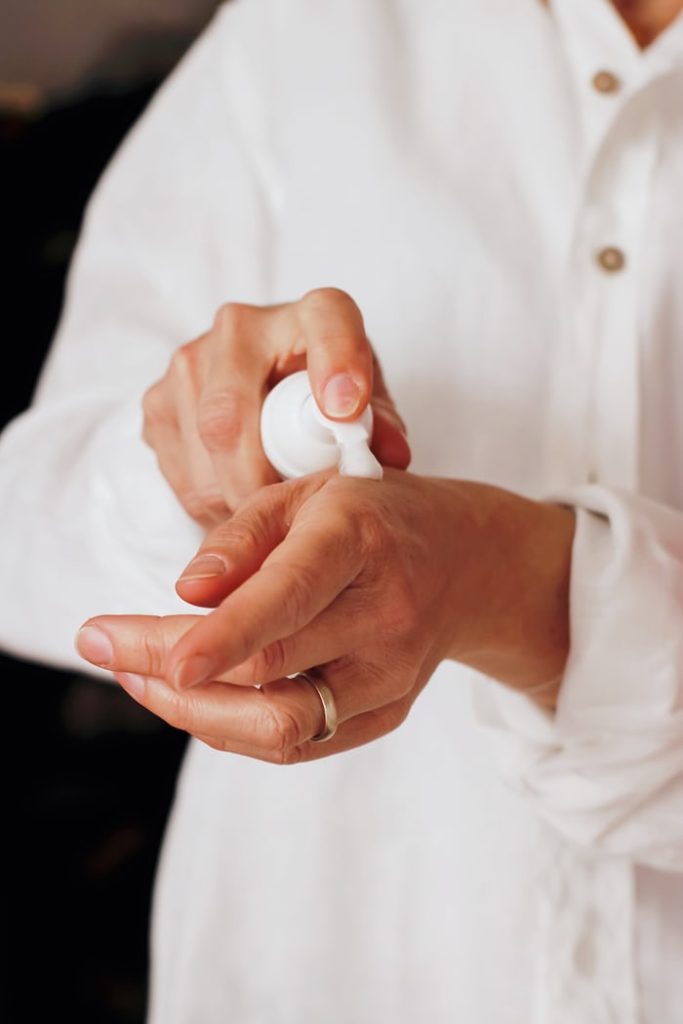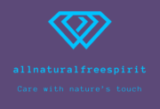Is shea butter non-comedogenic? Is it safe on your skin? Is this just a myth, or is there actually some truth to the claim that shea butter is not good for acne-prone skin.
It’s hard to know what you should believe, but luckily this article will outline all of the pros and cons of using shea butter on your face.
Plus, it will also try to answer these questions so you can make an informed decision about whether or not it’s right for you.
Many people swear by shea butter as a cure for acne and other skin problems. However, others claim that it actually makes their skin worse. So what’s the truth? Is shea butter comedogenic or not?
Is Shea Butter Non-Comedogenic? What you Need to Know

The answer to this question is a little complicated. Well, actually, it’s a lot complicated. Shea butter originally comes from Africa, where the women have been using it for years, and they swear by its skin benefits.
They use shea butter as a moisturizer, an anti-aging remedy, a diaper rash cream, to name just a few uses. So Is Shea Butter Good For Your Skin?
Is Shea Butter Non-Comedogenic? To truthfully answer these questions, it’s vital to understand what Comedogenic is and how it affects your skin.
What Does Comedogenicity Mean?
Comedogenic means “clogging pores.” So, a comedogenic substance will clog your pores and can cause acne. Comedogenic ingredients have been proven to clog pores and cause acne.
Now, the reason why some people say that shea butter is non-comedogenic is that it is a natural moisturizer. It doesn’t have any harsh chemicals, so it’s less likely to cause an acne breakout.
However, just because something is natural doesn’t mean it can’t be comedogenic. Some of the most Comedogenic ingredients are those that are derived from nature.
For example, coconut oil is a natural ingredient, but it’s also highly comedogenic.
Read: Shea butter sunburn recipe

Shea Butter Comedogenicity Scale
To fully understand this issue, you need to know about the shea butter comedogenicity scale.
This is a tool that the Journal of Oleo Science developed to measure how likely an ingredient is to clog pores.
Actually, this is how cosmetics scientists estimate whether or not an element can cause acne and what kind of severity it has.
The scale ranks from 0-to-five, with zero being the least likely to clog your pores and five being highly comedogenic (meaning that it will clog your pores).
So Does Shea Butter clog pores?- Comedogenic Scale
According to this scale, most ingredients rank between one and four, but shea butter is a two.
This means that it is less Comedogenic than some other ingredients, but it still has the potential to clog your pores.
According to this scale, most oils and butter rank between one and four, but shea butter is a two.
This means that shea butter is not as comedogenic as some of the other ingredients out there, but it still has the potential to clog your pores.
Shea butter is made up of various fatty acids, and it’s these fatty acids that are responsible for its comedogenicity.
The most comedogenic fatty acids in shea butter are lauric acid and myristic acid. However, the good news is that the main component in shea butter is Oleic acid, which is a non-comedogenic fatty acid.
So, while some of the fatty acids in shea butter can clog your pores, not all of them will. And this is why some people say that shea butter is non-comedogenic.
Read: Can I use shea butter on my face during the day?

The Verdict – Is Shea Butter Comedogenic?
So is shea butter comedogenic or not? The answer to this question depends on who you ask.
And the truth of the matter is that it’s a grey area because some people swear by its skin benefits, and others say it does more harm than good.
However, what you do know for sure about Shea butter is that there are various fatty acids in it – both non-comedogenic and comedogenic ones.
So, while it might not be as comedogenic as some of the other ingredients out there, it still has the potential to clog your pores. So, if you’re acne-prone, it might be best to avoid Shea butter altogether.
If you’re unsure about whether or not Shea butter is right for you, we recommend doing a patch test before using it on your entire face.
You can do a patch test by applying Shea butter to a small area of your face and waiting 24 hours.
If you don’t see any kind of reaction after this time, then it’s likely that Shea butter won’t cause an acne breakout on the rest of your face.
This will help you determine if Shea butter is comedogenic for you. Keep this in mind when deciding whether or not you should use Shea butter as part of your acne treatment routine.
Frequently asked Questions about Shea Butter and Comedogenicity
Does Shea Butter Clog Pores?
According to the shea butter comedogenicity scale, it is a two, which means that it has the potential to clog pores.
Is Shea Butter Non-Comedogenic?
Some people say that shea butter is non-comedogenic because it doesn’t have any harsh chemicals. Still, according to the Journal of Oleo Science, shea butter is a two on the comedogenicity scale. This means that it has the potential to clog your pores.
Is Shea Butter Good For Acne?
This is a question that doesn’t have a definitive answer. Some people say that shea butter helps clear up their acne, while others say it makes their skin worse. The best way to find out if shea butter is good for your acne is to do a patch test before using it on your entire face. This will help you determine if shea butter is comedogenic for you.
There you have it! Hopefully, this blog post will help you answer the question “is Shea Butter non-comedogenic” and help you make an informative decision
on whether to add Shea Butter to your acne treatment routine or not. If you’re still unsure, it’s better to try a patch test before using it on your entire face.

